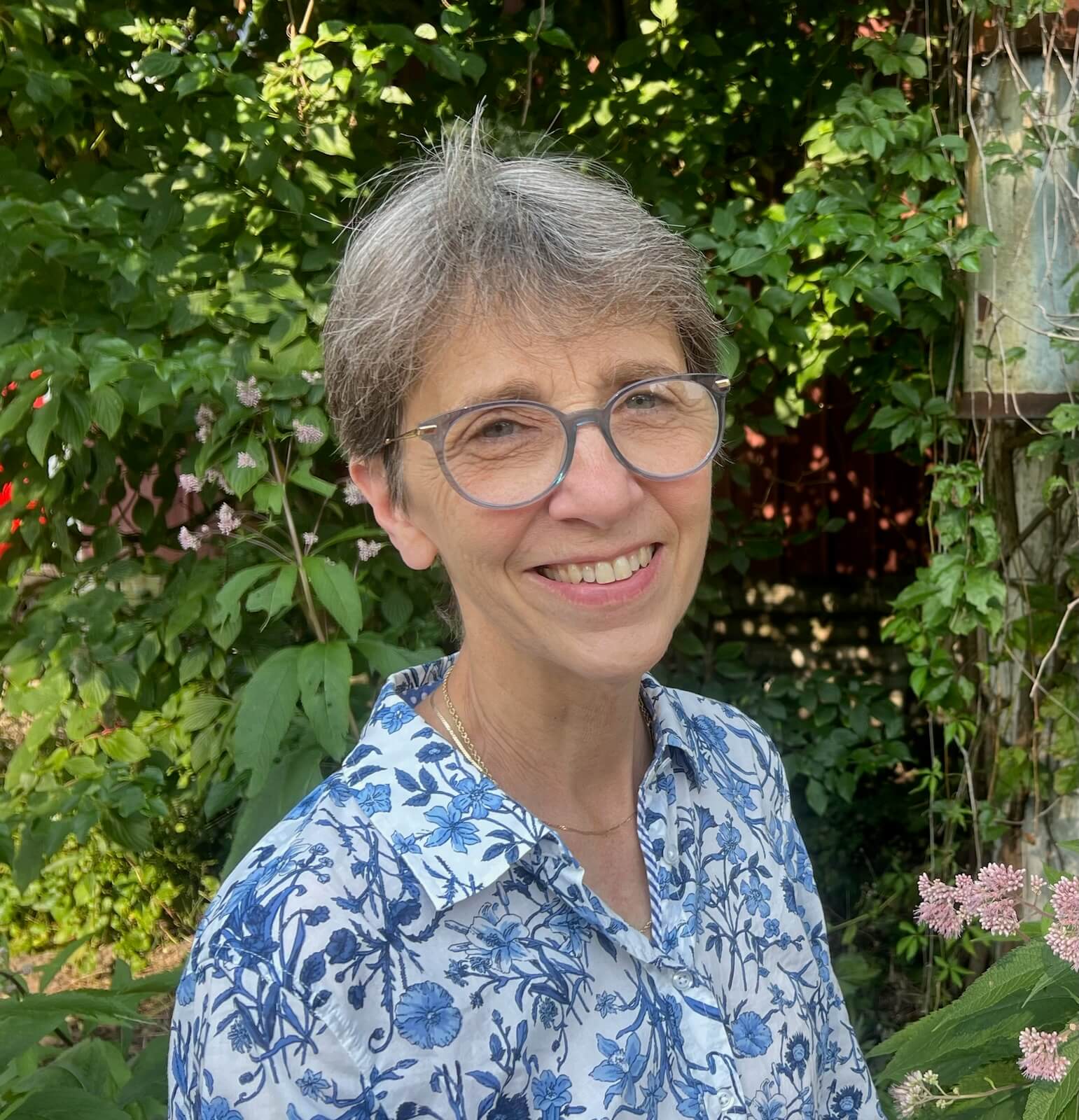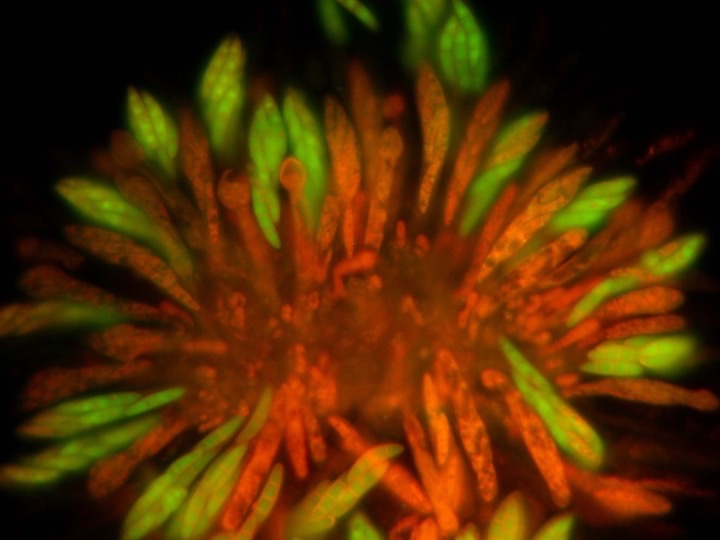About
Research in the Trail Lab

Fungi impact all areas of our lives: they provide us food (mushrooms, soy sauce); they eat us (athletes foot); they kill us (Cryptoccus neoformans); they poison us (Fusarium graminearum); they cure us (penicillin). Our lab researches a fungus that produces toxins that contaminate our wheat, barley and corn. In the US, Fusarium graminearum is an economic problem because the FDA provides us with a screening program to keep the toxins out of our food. In much of the world, where people are not wealthy enough to throw away contaminated grain, F. graminearum causes health problems. Our approach is to understand the entire life cycle of this fungus in the field. We use techniques of genetics, genomics, microscopy, ecology, physiology, biochemistry to understand all aspects of the life cycle. For part of the year, the fungus interacts with the host, but for much of the year, the fungus is defending itself and its resources on crop residues in the soil. What happens at each stage and what determines who gets the upper hand– fungus or plant— or human?

Rosette of asci from a perithecium of Fusarium graminearum with acridine orange. The longest running project in the Trail lab is to elucidate the development and spore discharge mechanisms of asci from F. graminearum. Asci are the distributers of initial inoculum from many of the world's worst crop diseases, and yet we know relatively little about how they function.